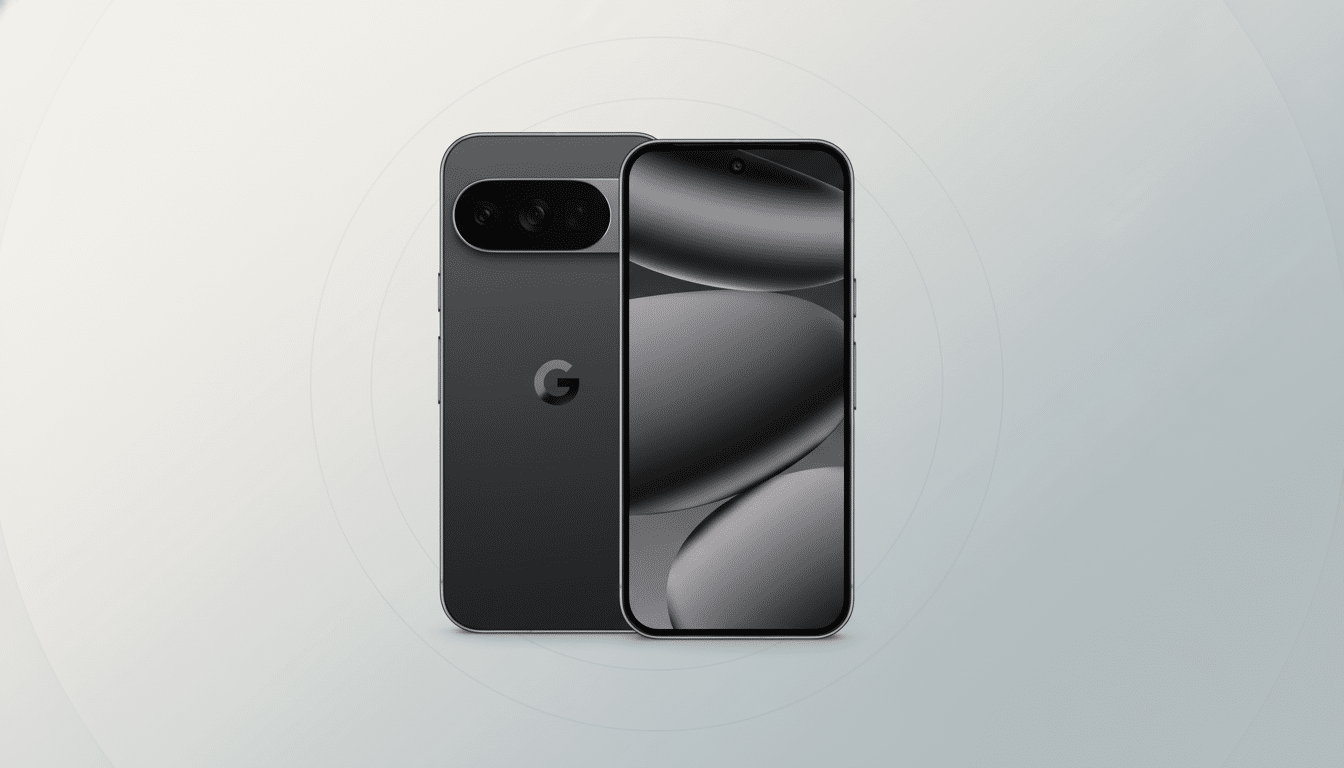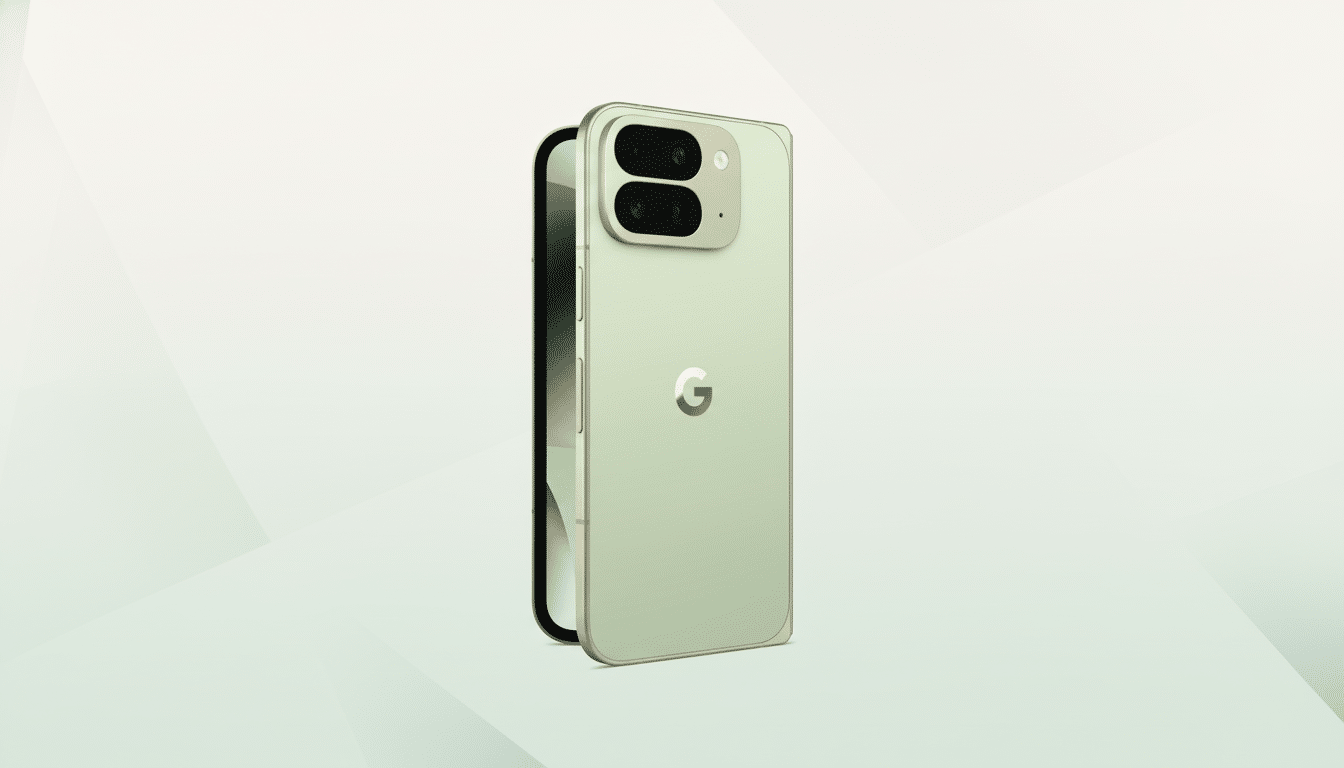Google has verified that Pixel 10 will be supported for continued GPU driver updates, which could have a significant impact on the phone’s gaming performance, app stability, and graphics compatibility over its lifetime. The company didn’t detail the extent or regularity, but that confirmation is a hint that tuning its 3D will still be one of the priorities for the latest flagship.
What Google Confirmed About Pixel 10 GPU Drivers
A Google representative said the Pixel 10 series is expected to receive additional GPU driver updates. Sounds routine, but it’s significant: GPUs are complex beasts, and driver-level changes can enable optimizations that aren’t so easily achieved with app or OS tweaks. The question is, does Google have in the works some type of periodic maintenance patch or large driver revision that would introduce new features and a wider set of supported hardware?
- What Google Confirmed About Pixel 10 GPU Drivers
- The Pixel 10 GPU and the Current Update Gap Users Face
- Why Driver Updates Matter for Pixel 10 Performance
- How the Upgrade Could Be Rolled Out by Google
- Imagination’s Driver Cadence and OEM Integration Matters
- What to Watch Next for Pixel 10 GPU Driver Updates

Graphics updates have historically been delivered through system OTAs or Feature Drops, not the Play Store. Google has followed that process for Pixel devices, integrating driver improvements—after internal validation throughout the graphics stack, kernel, and display pipeline—into monthly patches or major updates.
The Pixel 10 GPU and the Current Update Gap Users Face
The Pixel 10 is equipped with an Imagination PowerVR DXT-48-1536 GPU, and a driver build currently in use by users shows as version 24.3.
Imagination Technologies has released an updated driver that introduces platform support for the next version of Android, as well as performance enhancements, according to its release notes. That bump, so far unavailable, is still awaited by owners of affected Pixels.
That lag has caused some friction for a few players. Community threads on Reddit and elsewhere have noted performance anomalies and compatibility hiccups with some games. Genshin Impact sensibly dropped support for some of those PowerVR setups earlier this year, showing just how important getting these drivers out on time can be for making—or breaking—a launch.
Why Driver Updates Matter for Pixel 10 Performance
Those driver updates don’t just serve to squeeze frame rates higher. They can help reduce shader compilation stutter, smooth out frame pacing, fix rendering bugs, and trim power draw under sustained load—significant when gaming for extended periods. And both Arm and Qualcomm have demonstrated, in early developer guidance and case studies, that focused driver optimizations can lead to single-digit to low double-digit gains in some games—even as devices hit better thermal marks.
On the API side, recent drivers tend to extend Vulkan and OpenGL ES feature support as well as stability. Passing the Khronos Group’s rigorous conformance tests is simply table stakes, and vendors also optimize compiler back ends and memory management that have a clear impact on modern engines such as Unity or Unreal. For end users, that means fewer crashes, faster load times, and more consistent performance from title to title.

How the Upgrade Could Be Rolled Out by Google
After it passes Google’s internal QA and Android’s Compatibility Test Suite, even a big GPU driver release will arrive through a system OTA.
Any major GPU driver is likely to land via system OTA—perhaps included in a Pixel Feature Drop.
The kernel, firmware, and display stack are also involved with these drivers, which makes release engineering conservative by nature. Meanwhile, Google is free to deliver app-facing compatibility fixes via Google Play system components, but for the GPU, the heavy lifting often accompanies full updates.
Imagination’s Driver Cadence and OEM Integration Matters
Imagination’s own cadence also matters. OEMs integrate vendor drivers, run Vulkan and OpenGL conformance, and then validate against popular games and benchmarks. Only then do end users see a version bump in the system build. It’s not quick, but it helps prevent a regression that could break widely used apps.
What to Watch Next for Pixel 10 GPU Driver Updates
Google has not provided a timeline, but the next probable window is an upcoming Pixel Feature Drop or a quarterly platform upgrade. Tip-offs are the release notes stating any “PowerVR driver version change,” stability patches for Vulkan, and/or game-specific optimizations. The Khronos conformance database is another tell, and entries for a fresh Pixel 10 build would signal that feature and stability updates have landed.
For those with Pixel 10, the takeaway is simple: keep system updates on, watch for graphics changes in patch notes, and count on Google to iterate. If Google does roll in the fresh Imagination driver, users should experience smoother gameplay and improved support for demanding titles, as well as a reduction in rendering stutters—the sort of shine a flagship should deliver.

